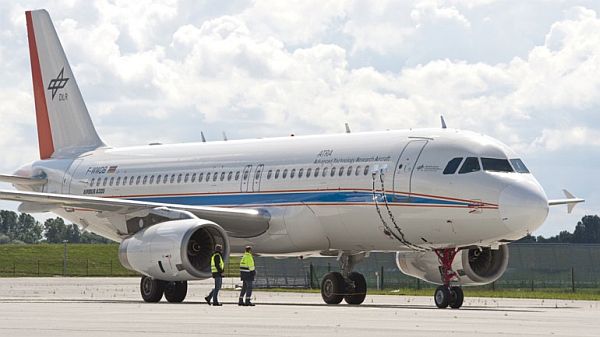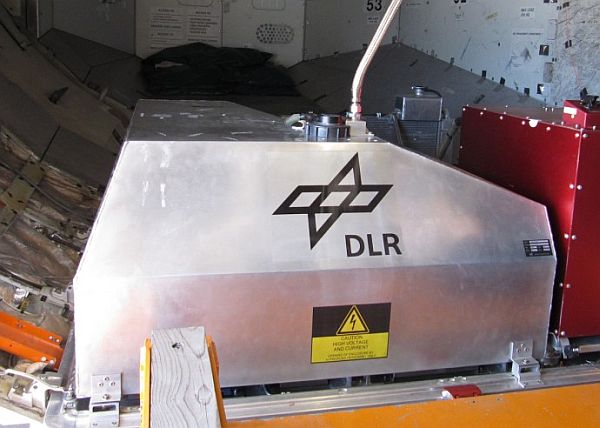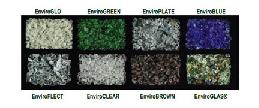
Airbus, the European commercial airplane giant in partnership with its German Research Center DLR, has announced experimental success on deploying fuel cell power to reduce aircraft emissions and engine noise. On July 1, an A320 ATRA (Advanced Technology Research Aircraft), fitted with two electric motors on the rims of its nose wheel showed that the aircraft could taxi from its pushback position to its take off point on the runway without starting its engines.The power for the nose wheel electric drive is from fuel cells on-board.

Fuel cells have so far not been developed to the point where they can replace aircraft engines burning aviation turbine fuel (ATF). Airbus and DLR have demonstrated in 2008 that fuel cells could be used for the ground based auxiliary power unit that is hooked up to an aircraft to provide power for lighting, air conditioning, compressed air and other such services when the aircraft engines are shut down.
The use of fuel cells to provide power for taxiing is an important advance in the application of alternative technologies to power aircraft functions. In the demonstration done on the A320 at Hamburg , the non-use of engines for taxiing reduced engine emissions by 18% and the noise to near zero. In a busy airport like Frankfurt, such a device if adopted on all aircraft could save the burning of 44 tonnes of ATF each day.

Fuel cells are energy sources that produce electricity from chemical reactions and are lighter and more environment friendly than batteries. The emissions from fuel cells are only oxygen and water vapor. There is continuing world wide effort to develop fuel cell technologies for personal transportation (cars, buses, motorbikes) to reduce carbon emissions. The Airbus-DLR demonstration of fuel cell use in this specific application will encourage development of new applications for fuel cell use.
ACARE, the Advisory Council for Aeronautics Research in Europe has set the goal of reducing aircraft created CO2 emissions by 50%, NOx emissions by 80% and engine noise pollution by 50% by the year 2020. To meet these goals aircraft manufacturers and airline operators are examining various approaches including the use of bio fuels. The application of fuel cells to a number of such auxiliary applications would be an important stepping stone to meet the ACARE targets.
Via: Gizmag




